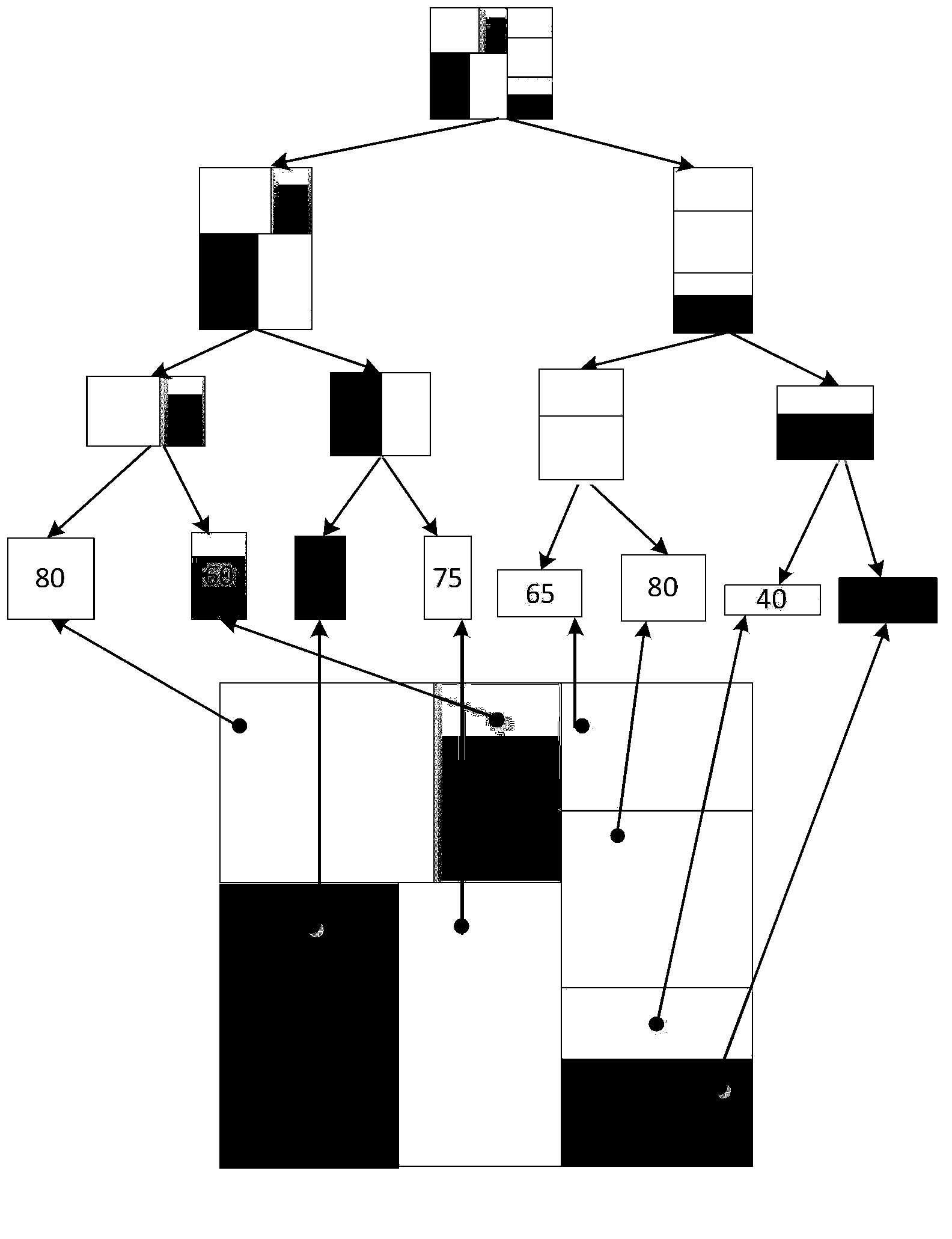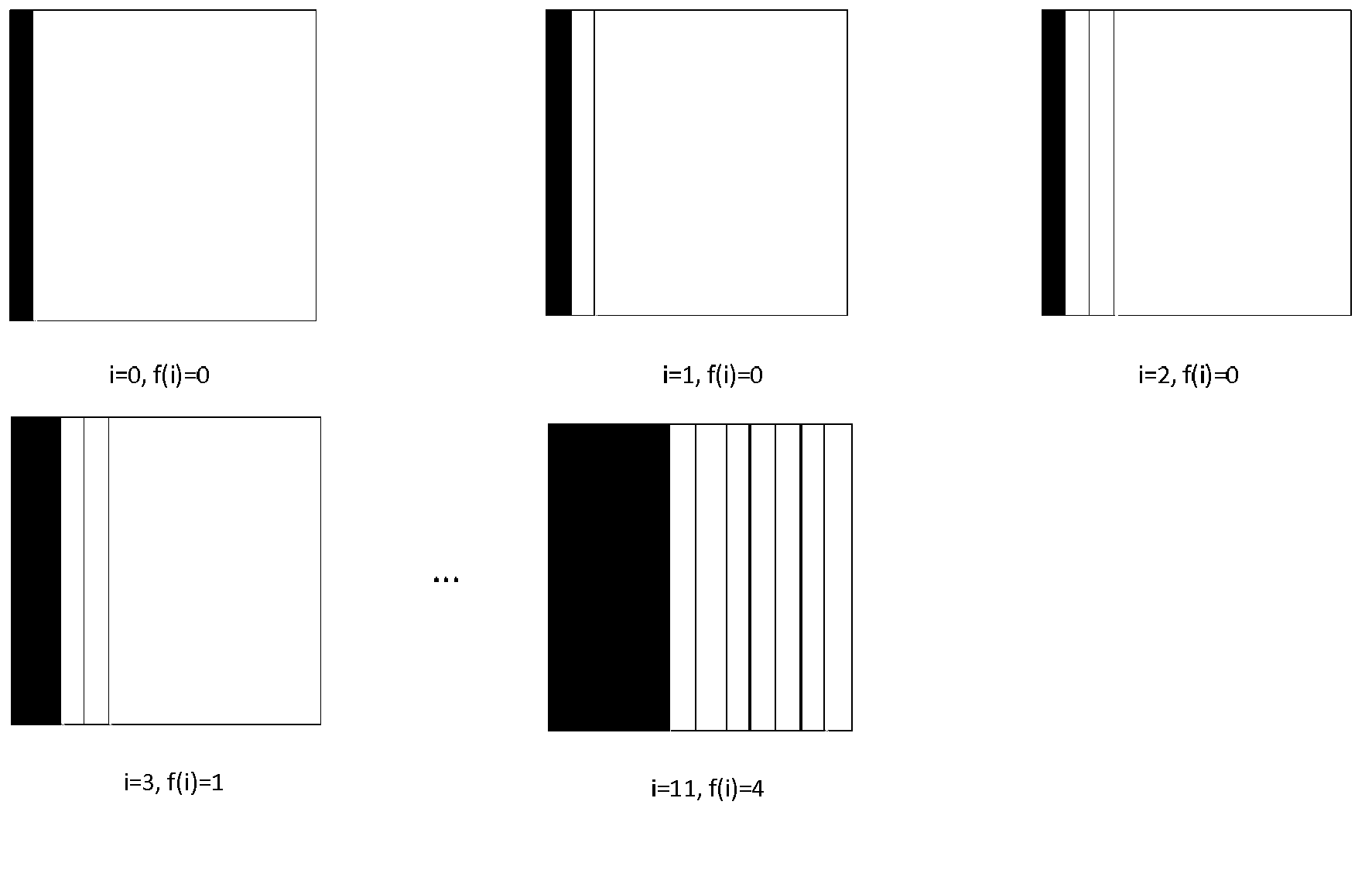Method for balancing dynamic feedback load based on PKDT (Prediction KD Tree) in cluster rendering environment
A dynamic feedback and load balancing technology, applied in the field of cluster rendering, can solve the problems of large limitations, difficult to achieve good results, no dynamic load balancing method, etc., to improve scalability, good overall performance, and reduce time consumption. Effect
- Summary
- Abstract
- Description
- Claims
- Application Information
AI Technical Summary
Problems solved by technology
Method used
Image
Examples
Embodiment Construction
[0027] The PKDT tree-based dynamic feedback load balancing method in the cluster rendering environment of the present invention will be described in detail below with reference to the accompanying drawings.
[0028] A PKDT tree-based dynamic feedback load balancing method in a cluster rendering environment, comprising the following steps:
[0029] (1) First, for the 3D node model to be rendered, the server divides the rendering task into several subtasks in advance.
[0030] The rendering task of each frame is the final result that needs to be rendered. The rendering task is divided in the way of screen space, and it is divided into several independent sub-pixel areas according to the pixel area. Each sub-pixel area is called a sub-task. , after the task division is completed, mark each subtask with a number. For example, a 1920*1080 image is divided into 100 sub-images of 192*108, which correspond to 100 sub-tasks.
[0031] (2) Assign the subtasks obtained in step (1) to ea...
PUM
 Login to View More
Login to View More Abstract
Description
Claims
Application Information
 Login to View More
Login to View More - R&D
- Intellectual Property
- Life Sciences
- Materials
- Tech Scout
- Unparalleled Data Quality
- Higher Quality Content
- 60% Fewer Hallucinations
Browse by: Latest US Patents, China's latest patents, Technical Efficacy Thesaurus, Application Domain, Technology Topic, Popular Technical Reports.
© 2025 PatSnap. All rights reserved.Legal|Privacy policy|Modern Slavery Act Transparency Statement|Sitemap|About US| Contact US: help@patsnap.com



